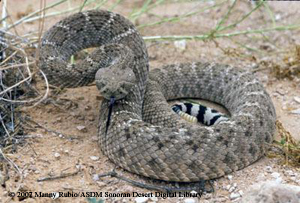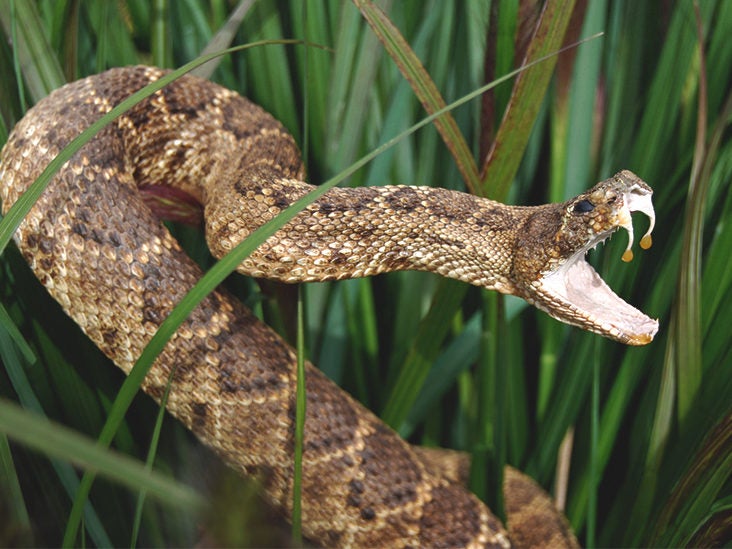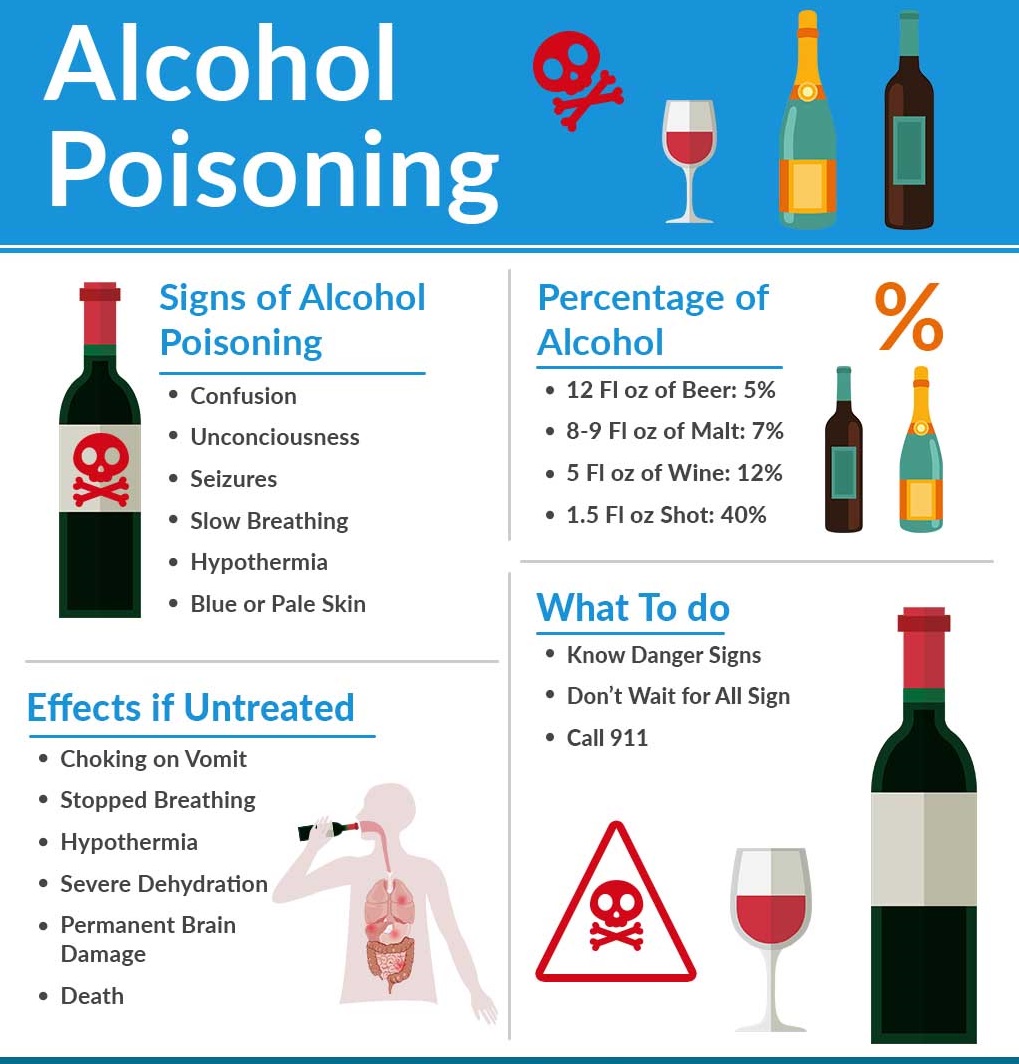Introduction
Kingdom: Animalia
Phylum: Chordata
Class: Reptilia
Family: Viperidae
Subfamily: Crotalinae
Genus: Crotalus
Species: C.atrox
- Diamondback rattlesnake may refer to western diamondback rattlesnake, Eastern diamondback rattlesnake and Red diamond rattlesnake.
- This blog is about Western diamondback rattlesnake.
- It is likely responsible for the majority of snakebite fatalities in northern Mexico and the greatest number of snakebites in the U.S.
- Size – 3 to 7 feet long
- Life span – approximately 15 to 20 years
- A bite from a fully-grown western diamondback rattlesnake can result in severe envenomation and death, in the absence of adequate treatment, since the rattlesnake venom is a potent mix of hemotoxins, myotoxins, and cytotoxins
Common names
- Western diamond-backed rattlesnake
- Adobe snake
- Arizona diamond rattlesnake
- Coon tail
- Desert diamond rattlesnake
- Buzz tail
- Texas rattler.
Identifying Features

- It is a heavy-bodied snake with a triangular-shaped head.
- There are 2 dark diagonal lines on each side of its face running from eyes to its jaws.
- It has a dark diamond-shaped pattern along its back.
- The tail has black and white bands just above the rattles.
Adaptations
Western diamondbacks are pit vipers, which means that they have a heat-sensing pit located behind each nostril that can detect differences in temperature. The heat given off by an animal is detected by the snake helping it to determine predator from prey.
Habitat
- It can be found living in deserts, forests, rocky hillsides, grassy plains, and areas along the coast.
- It lives in elevations from below sea level up to 6500 feet(2000m).
Symptoms and Signs of bite

Bites are painful
- bleeding
- difficulty breathing
- blurred vision
- eyelid drooping
- low blood pressure
- nausea and vomiting
- numbness
- paralysis
- rapid pulse
- change in skin color
- swelling
- tingling
- tissue damage
- thirst
- tiredness
- weakness
Some of the systemic signs and symptoms may include:
- Bleeding disorder due to:
- Decreased blood platelets or thrombocytopenia
- Destruction of red blood cells or hemolysis
- In severe cases, internal hemorrhaging including:
- Blood in urine
- Bleeding from recent wounds
- Mucosal bleeding – from nose, ears, eye, gastrointestinal tract, etc.
- Anemia due to spontaneous bleeding
- Acute kidney injury or kidney failure
- Neurological symptoms, in some cases
What NOT to do
- allowing the person who has been bitten to become over-exerted
- applying a tourniquet
- applying a cold compress
- cutting into the bite with a knife or razor
- trying to suck out the venom
- giving any stimulants or pain medication unless told to by a doctor
- giving a person who has been bitten anything to eat or drink
- raising the site of the bite above the person’s heart
Diagnosis
- Complete physical examination with a comprehensive evaluation of medical history.
- Assessment of the signs and symptoms
- Blood tests that may include: (many of these tests are repeated over the course of treatment)
- Complete blood count (CBC) with differential and platelet count
- White blood cell count
- Hematocrit blood test: Hematocrit is the proportion of blood that is made up of red blood cells
- Prothrombin time (PT) and partial thromboplastin time (PTT) tests
- Fibrinogen blood test
- Lactate dehydrogenase (LDH) test
- Serum electrolytes including blood urea nitrogen (BUN) and creatinine levels
- Arterial blood gas
- Urine test to test for free protein, myoglobin, and hemoglobin levels
- Electrocardiogram or ECG, to check for arrhythmias and hyperkalemia
- Kidney function test
- Liver function test
- Nerve conduction studies and neurological evaluation, if necessary
Treatment
- Administration of IV fluids to keep the patient well-hydrated; pain medication
- Administration of anti-snake venom (ASV) to neutralize the venom through slow intravenous injection or infusion method, especially when severe symptoms are noted
- Address any signs of an early allergic reaction: A close observation of the patient is necessary for a minimum of 60 minutes immediately following antivenom administration, to detect early allergic reactions, if any
- Periodic blood and urine tests are undertaken for 12-24 hours or more
- Tetanus vaccination is required
- The patient is generally admitted and placed in an ICU setting and monitored for at least a day following the abatement of symptoms; the patient has to be rested and kept warm
- If necessary, blood and plasma transfusions for severe cases
- Intubation and respiratory support
- Providing life support, such as ventilation assistance and treatment for shock, for those with severe symptoms leading to potential organ failure
- Medications to control blood pressure
- Peritoneal dialysis for acute kidney failure
- Pressure management of the affected limb for compartment syndrome
- Rehabilitation of the affected limb through physical therapy
Prevention
- Wear boots and long pants when hiking to help block rattlesnake venom.
- Stay on trails when hiking, away from the underbrush and tall weeds.
- Do not touch or disturb a snake, even if it appears dead.
- Always look for concealed snakes before picking up rocks, sticks or firewood
- Never hike alone in remote areas. Always have someone with you who can assist in an emergency.
Rattlesnake facts: this video explains how to identify rattlesnake, about its habitat, reproduction, characteristics features.
References
- https://en.wikipedia.org/wiki/Western_diamondback_rattlesnake
- https://www.healthline.com/health/rattlesnake-bite#treatment
- Klauber LM. (1997). Rattlesnakes: Their Habitats, Life Histories, and Influence on Mankind. 2nd ed. First published in 1956, 1972. University of California Press, Berkeley.
- McDiarmid RW, Campbell JA, Touré T. (1999). Snake Species of the World: A Taxonomic and Geographic Reference, vol. 1. Herpetologists’ League
- Wright AH, Wright AA. (1957). Handbook of Snakes. Comstock Publishing Associates. (7th printing, 1985).

 figure 1
figure 1











